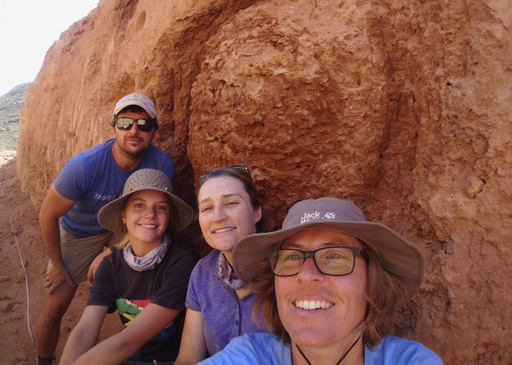Scientists at Stellenbosch University in South Africa have made a remarkable discovery regarding the age of termite mounds in the arid region of Namaqualand. Radiocarbon dating estimates revealed that some of these termite mounds near the Buffels River are over 30,000 years old, making them the oldest active termite hills known to date.
Michele Francis, a senior lecturer at Stellenbosch University’s department of soil science, led the study and expressed astonishment at the findings. These termite mounds have been continuously inhabited for millennia, predating even some of the earliest cave paintings in Europe and existing during a time when saber-toothed cats and woolly mammoths roamed the Earth.
The Namaqualand termite mounds, resembling an “apartment complex” for termites, are a unique ancient landscape that has been surprisingly well-preserved. Some of the largest mounds, locally known as “heuweltjies,” measure around 100 feet (30 meters) across and have nests as deep as 10 feet underground.
Excavating parts of the mounds for samples required careful handling as the termites went into “emergency mode” by filling in the holes. The research team reconstructed the mounds to protect the termites from predators like aardvarks.
Additionally, the ancient termite mounds offer insights into prehistoric climate conditions, indicating that Namaqualand was once much wetter when the mounds were formed. The southern harvester termites are crucial for capturing and storing carbon, which helps mitigate climate change by reducing carbon emissions into the atmosphere and improving soil quality.
Michele Francis emphasized the importance of further research on termite mounds for understanding climate change, sustaining ecosystems, and potentially enhancing agricultural practices. The study sheds light on the significant role termites play in the environment and the valuable lessons they offer for modern-day challenges.


